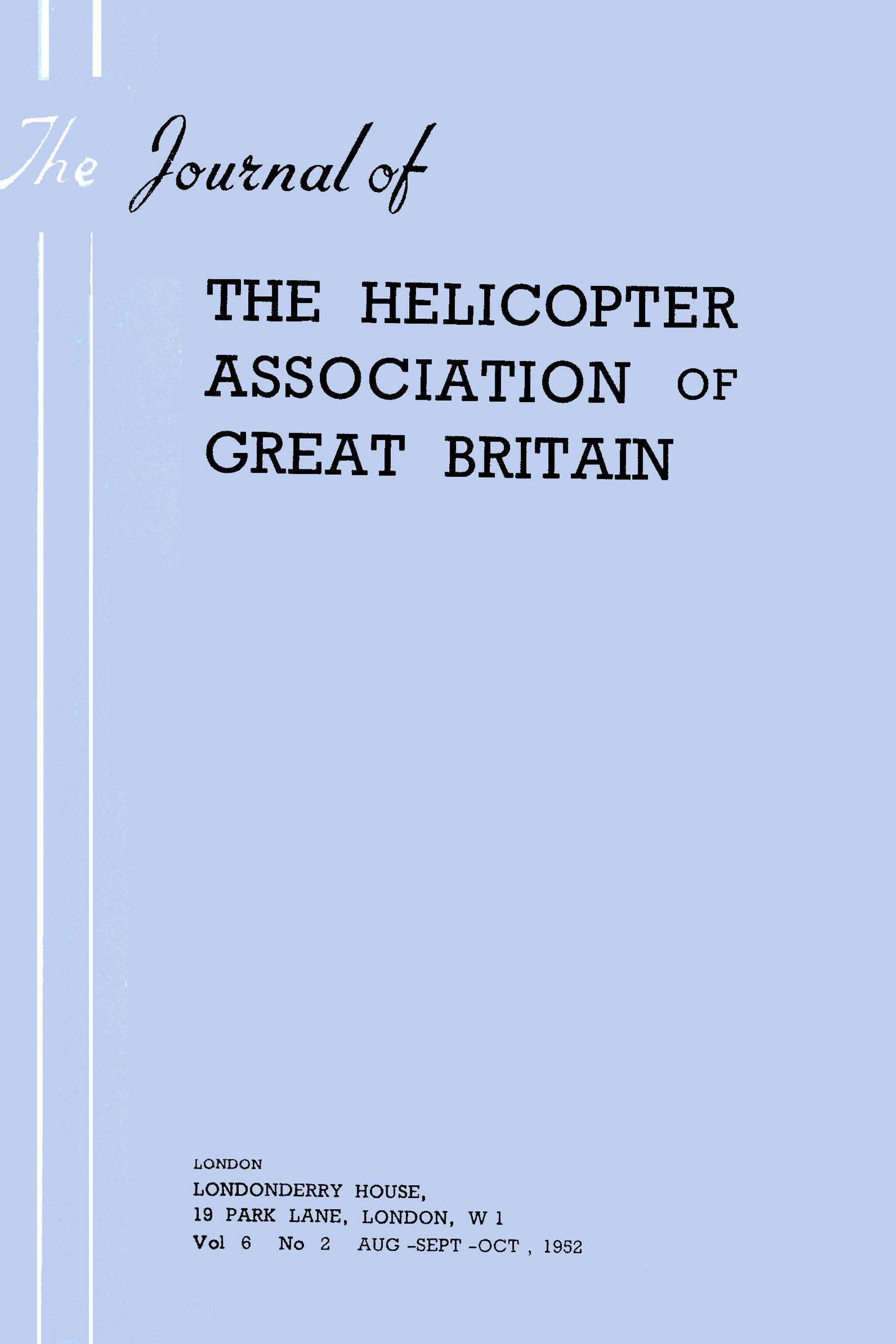Article contents
Some Aerodynamic Aspects of Rotor Blade Design
Published online by Cambridge University Press: 26 October 2023
Extract
In studying the aerodynamics of rotor blades we are often uncertain how far we may apply quantitatively the data obtained from wind tunnel tests of aerofoils Of course, the rotor blade behaves qualitatively like an aerofoil, but I sometimes feel doubtful about calculations of the effect of detailed changes in blade design, say for example, the effect of taper on performance, and wish to stress the desirability of wind tunnel tests by which some at least of these questions could be settled more easily than by flight tests
I have found in preparing this lecture that covering the whole field would be impracticable I intend to concentrate mainly on the compressibility problem which, closely associated with stalling, seems to me to be the principal aerodynamic problem facing the blade designer today
- Type
- Morning Session (Papers)
- Information
- The Journal of the Helicopter Association of Great Britain , Volume 5 , Issue 3: Oct-Nov-Dec 1951 , December 1951 , pp. 330 - 339
- Copyright
- Copyright © Royal Aeronautical Society 1951
Footnotes
ACKNOWLEDGMENT This paper is published by permission of the Director of the National Physical Laboratory Crown copyright reserved
References
List of References
- 1
- Cited by




